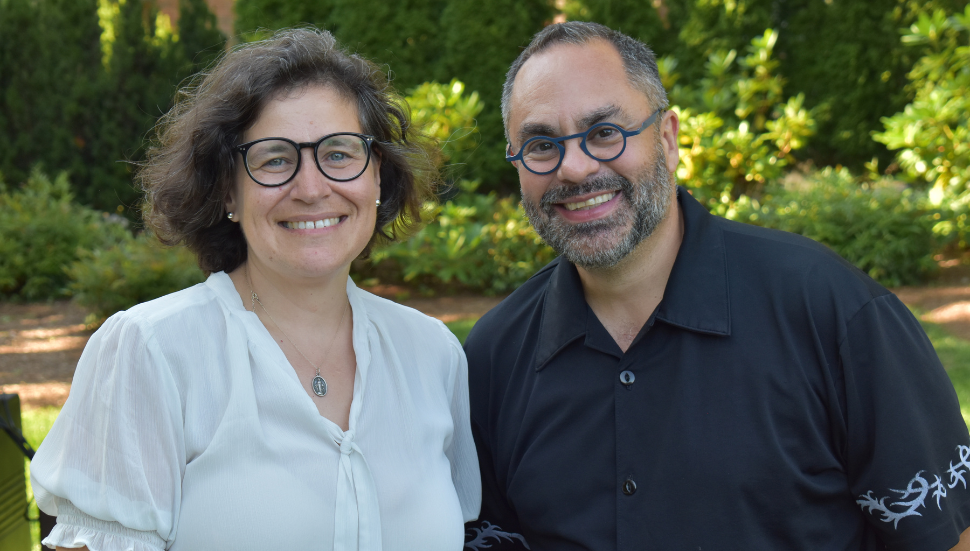Brown University's Department of Education and Central Falls High School recently completed a "teacher swap," designed to strengthen the bond between teacher preparation and real-world classroom practice. This exchange saw Dr. Diane Silva Pimentel, Teaching Professor of Education at Brown, return to a high school science classroom, while Central Falls teacher Dr. David Upegui took on the role of a Brown Master of Arts in Teaching (MAT) faculty member. This collaboration was born from a simple but powerful question: How can we ensure teacher education remains connected to the ever-evolving realities of the classroom?
Back to the Classroom
For Dr. Silva Pimentel, who taught high school science for nearly two decades before moving into higher education, the swap was a chance to reconnect. "After ten years out of the classroom, I wanted to see if I still truly understood the challenges of today's schools," she explained. Stepping back into a high school setting, she found much of the experience surprisingly familiar, which she noted was both comforting and a stark reminder of the ongoing work needed to address inequities across districts.
The experience also deepened her appreciation for the impact of Brown's MAT program. Seeing former students now leading their own classrooms was a powerful reminder of the program's success. It also gave her a renewed respect for the daily demands that teacher candidates must prepare for—from the ringing of bells to the quick pace of new classes. Despite the challenges, her favorite part of the experience was simply being back around students.
Teaching the Teachers
While Dr. Silva Pimentel returned to her roots, Dr. Upegui adapted to the university environment, teaching the MAT Science Methods course and mentoring student teachers. His time at Brown provided a new lens through which to view his own teaching practice, as he became immersed in a program focused on culturally sustaining practices and a residency model. Dr. Upegui described the experience as a "steep but rewarding learning curve."
A couple of moments from the exchange really stood out for Dr. Upegui. He found it genuinely meaningful to have the graduate students directly ask him questions about his current teaching experiences. This direct link between what they were learning in theory and what's happening in a real high school classroom felt like a huge benefit. The other major takeaway was the personal affirmation he felt. The recognition of his expertise by his new university colleagues was a profound and truly meaningful part of the experience, making him feel like his work in the high school really mattered in a broader context.
“This academic exchange expanded experiences for both faculty and students, strengthened my collaboration with the graduate program, and gave me valuable and diverse mentoring experience,” he said. “Most importantly, it provided graduate students with two complementary perspectives, preparing them to make a broader impact as future educators.”
Looking Ahead
This unique collaboration highlights the vital importance of partnerships between universities and local schools. It reaffirmed Dr. Silva Pimentel’s commitment to keeping teacher education closely aligned with classroom practice. For Dr. Upegui, it was an opportunity to bring the lived realities of his high school teaching directly into the preparation of a new generation of educators.
As Dr. Silva Pimentel reflected, "As a teacher educator, I have a responsibility to stay connected to what's happening in secondary schools to effectively prepare MAT students, and I am committed to finding a way to maintain that crucial connection." The exchange serves as a powerful model for bridging the gap between theory and practice, ensuring that future educators are well-equipped for the complexities of today's classrooms.
